
On August 21, 1959, America became the 50-state country we know today with the addition of Hawaii. Hawaii’s path to becoming the 50th state was long, complicated, and sometimes controversial.
The islands had been settled by Polynesians more than a thousand years before any Europeans arrived, and they developed a rich culture with their own rulers, language, and traditions. In the late 18th century, King Kamehameha I united the islands into a single kingdom, giving Hawaii a central government for the first time. However, once Western explorers, missionaries, and traders began to arrive, Hawaii’s future began to shift. By the mid-19th century, American and European business interests were deeply involved in the islands, especially through sugar and pineapple plantations. These companies grew powerful, and their influence would eventually shape Hawaii’s destiny.
The US took a growing interest in Hawaii, both for its agricultural wealth and its strategic position in the Pacific Ocean. The deep harbor at Pearl Harbor made Hawaii extremely valuable as a naval base. In 1887, American and European businessmen forced King Kalākaua to accept a new constitution that weakened the monarchy and increased their control. This was called the “Bayonet Constitution” because it was essentially forced on the king under threat. A few years later, Queen Liliʻuokalani tried to restore royal power and defend the rights of native Hawaiians, but she was overthrown in 1893 by a group of businessmen backed by US Marines.
After the overthrow, the businessmen created a temporary government and lobbied for annexation by the United States. At first, President Grover Cleveland opposed the takeover and called it illegal. But by 1898, during the Spanish-American War and with a new president, the United States recognized Hawaii’s strategic value. Congress approved annexation, and Hawaii officially became a US territory.
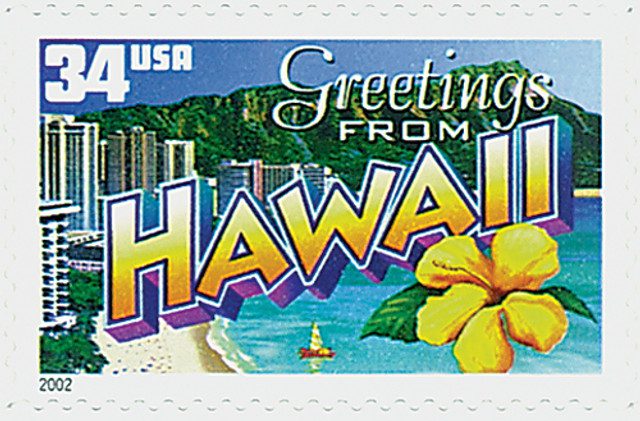
As a US territory, Hawaiians were American citizens, but they did not have full representation in Congress and could not vote for president. Many in Hawaii (particularly the growing non-native population) began to push for statehood, arguing that they contributed greatly to the United States, especially through their agricultural exports and military bases. World War II highlighted Hawaii’s importance even more. When Japan attacked Pearl Harbor on December 7, 1941, Hawaii became the center of America’s Pacific war effort. Thousands of Hawaiians, both native and non-native, served in the military, and the islands were under martial law for much of the war.
In 1928, the Post Office received requests to issue a stamp commemorating the 150th anniversary of Hawaii’s discovery by James Cook. After initially refusing, they decided to overprint existing stamps, which confused postal workers who thought they were canceled stamps.
After the war, the movement for statehood gained momentum. Hawaii’s advocates argued that the islands had proven their loyalty and sacrifice, and they deserved full rights as Americans. At the same time, there was resistance. Some members of Congress worried that Hawaii’s distance from the mainland made it too different, and white segregationists were concerned about the islands’ large Asian immigrant population. Still, support grew steadily through the 1950s.
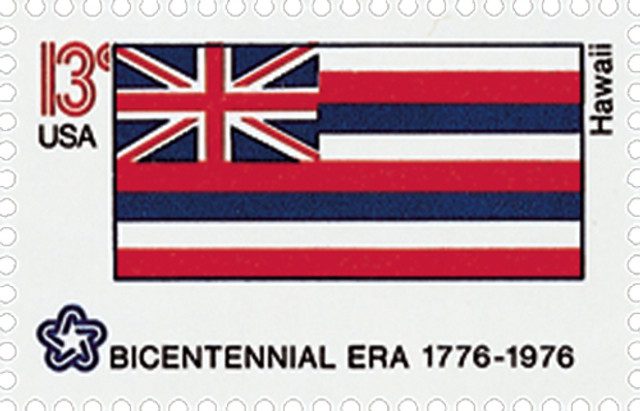
In 1959, the issue was finally put to a vote. The islands held a referendum that overwhelmingly supported statehood, with more than 93 percent voting in favor. (Many of those favoring independence boycotted the vote, however, resulting in a turnout of only 35%.) On August 21, 1959, President Dwight D. Eisenhower signed the proclamation admitting Hawaii as the 50th state of the Union.
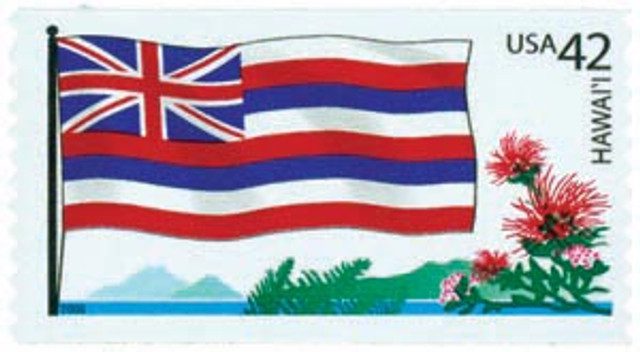
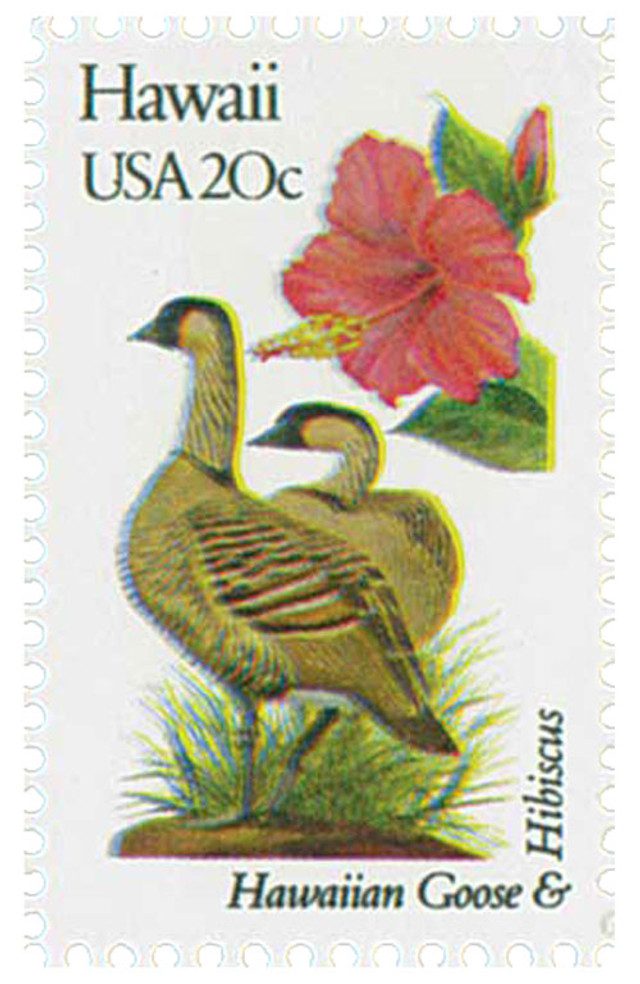
Since becoming a state, Hawaii has played an important role in American culture, politics, and the economy. It became a popular tourist destination almost immediately, with its beaches, volcanoes, and tropical beauty attracting visitors from all over the world. Tourism grew into Hawaii’s largest industry, reshaping the islands’ economy and way of life. At the same time, Hawaii became known for its multicultural society, where Native Hawaiian, Asian, and Western traditions blended. The state also developed a strong sense of identity, celebrating both its unique heritage and its role as part of the United States. Hawaii has also been important to America’s military, with Pearl Harbor, Hickam Air Force Base, and other installations continuing to serve as major centers for the Pacific region.

At the same time, Hawaii has faced challenges since statehood. The high cost of living, dependence on tourism, and environmental concerns such as protecting its fragile ecosystems have all been ongoing issues. Native Hawaiians have also continued to fight for recognition of their rights, culture, and sovereignty. Movements to preserve the Hawaiian language and traditions have gained strength, and some activists continue to call for greater autonomy or even independence. These debates show that Hawaii’s story is still evolving, even more than sixty years after it became a state.
Click here for lots more Hawaii stamps, covers, and coins.
| FREE printable This Day in History album pages Download a PDF of today’s article. Get a binder or other supplies to create your This Day in History album. |
Discover what else happened on This Day in History.



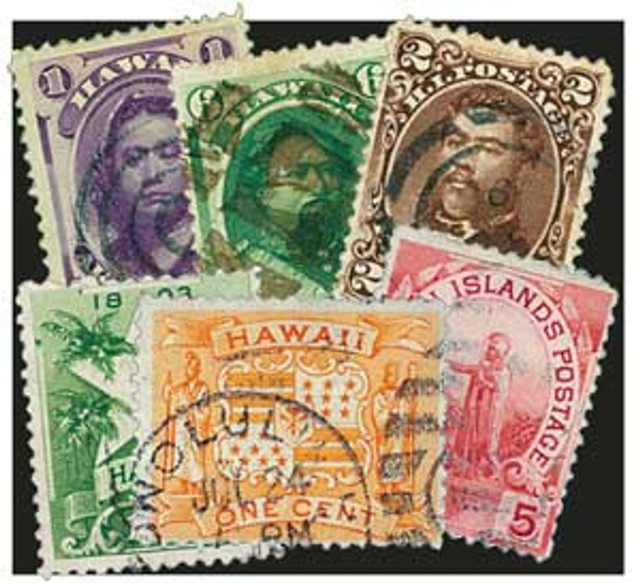

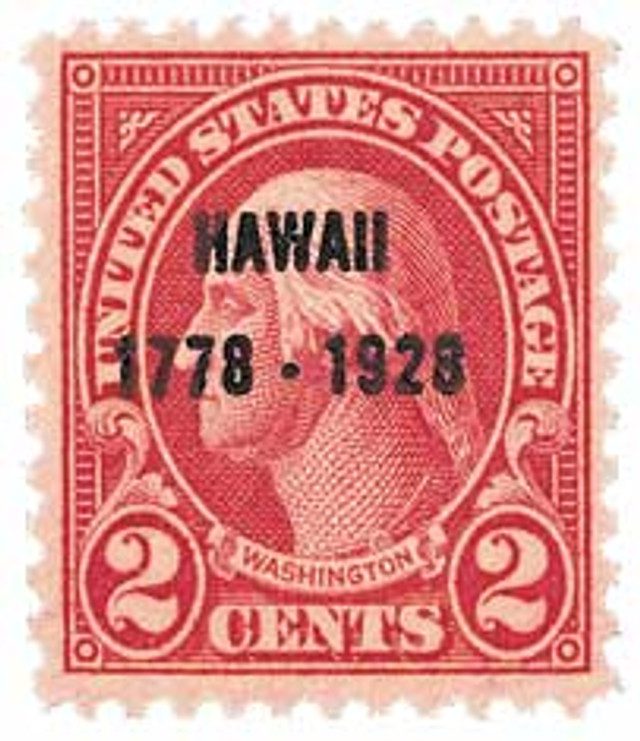
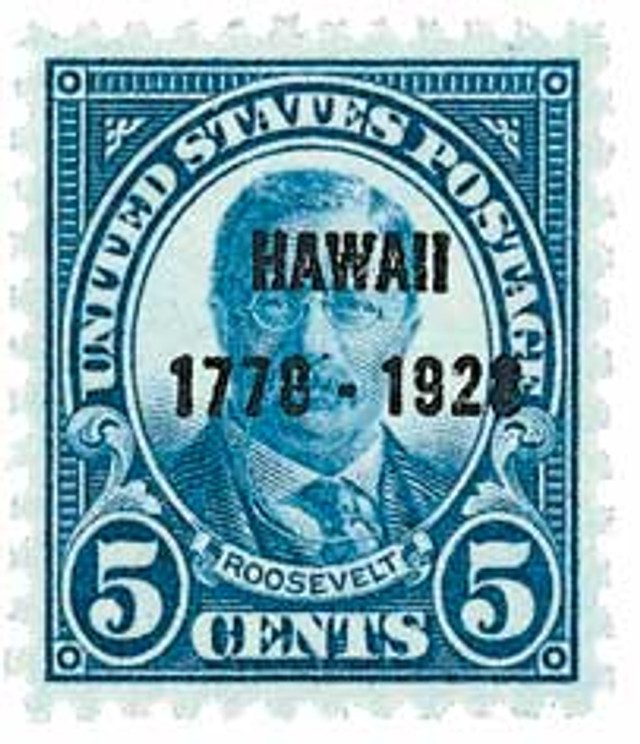
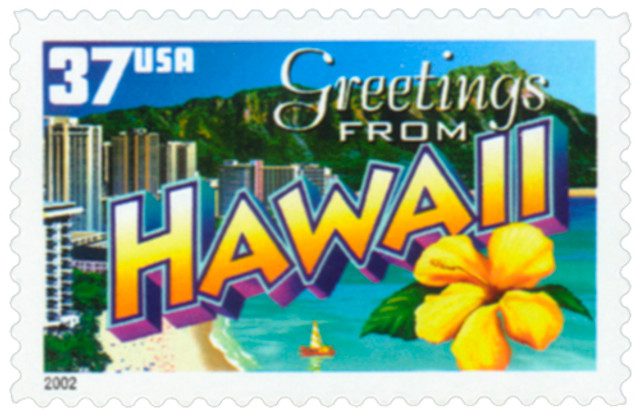
Muy interesante yo tengo ese sello original y no sabia su significado ni quien es la persona que se encuentra en el mismo
Gracias
I just love the daily lesson from your great
New Idea. I have learned so much
I thought I already knew. Pls keep it up.
I’m 74 and only wish something like this was available when I started collecting 69 years ago
KEEP UP THE GOOD WORK!!!
Great information! Thank you.
Neat history. We’re currently on vacation in, guess where, HAWAII !!! Perfect! Aloha!
I absolutely love learning about the history of our world & nation. It leaves me with a good feeling knowing something new to me anyway. All people need to know about history to provide for a better tomorrow. It’s great to be reminded too. Thank You & read ya soon. ha! ha!
Mrs. Monica Krasniak
P.S. I’m not a spammer, but a wonderer – hey, hey, hey goodbye…
with apologies to Stevie Wonder
I didn,t know Hawaii was such a young state , as I,m sure most americans didn’t realize either
I do not know who’s idea this was but they certainly deserve a nice raise in salary. This was a great idea. It could be a great tool to teach a lot of young people and older folks to about the great history of our country. I would suggest that some time in the future you would consider putting them together in a book or booklet form.
I agree with Robert…It is a great idea and I enjoy reading on a daily basis…I hope it continues for a long time….I have my young 15 year old grand daughter watching
and she enjoys it !!!! Thanks…Mystic…………….
That’s how Hawaii was born as state of US,like other many states,either won in battlefield or bought.That is history.
Thank you I am learning something new every day .Thank you
Just wondering who was the one that voted against statehood & why ?
Hilarious.
A great way to become a Territory and a State.
This is great stuff for remembering history lessons or the event.
Somebody wrote that he didn’t know Hawaii was such a young state and that other people probably didn’t know that either. Maybe I know because I remember when it happened. I’m hoping that teachers still teach American history and geography at the grade school level.
Thank you for the history of Hawaii. We came to know how US annexed an independent island nation which ultimately became the 50th state..
this was wonderful, thank you so much for these lovely tid bits
this page is great for all the people that buy from mystic stamp co
Love your posts thank you for such an interesting and educational note.
Here are some
Here are some stamps issued before Hawaii became a state…
https://www.mysticstamp.com/Products/Worldwide/H6/Hawaii/
https://www.mysticstamp.com/Products/Worldwide/H8/Hawaii/
https://www.mysticstamp.com/Products/Worldwide/H10/Hawaii/
Mystic’s daily stamp history is a great idea. I use it to interest my nieces and nephews in history and stamp collecting. Not to mention I enjoy it myself!
I have been reading ‘On This Day….’ for some time but are still quite few for me to go back and read. Oh, how interesting and informative! This one about Hawaii needs to be in a class room. How many young people will never see ‘the rest of the story’. Thank you. I’ll have my 79th birthday in September and look forward to reading many more ‘This Day In History’.
I saw Hawaii with my wife and baby son when on R&R from Vietnam. It was beautiful and the people were so nice to us. I will carry Hawaii in my heart for the rest of my life.
all of your posts are AWESOME…. thank you for sharing and caring and making me realize my hobby isn’t just for kids…
Brings back memories…because there was so much information in the news due to this event I decided to make Hawaii the subject of my 4th grade report. It was probably the only A+ I received in my school days!
I developed my life-long interest in history and geography by collecting stamps in the 1950s and 1960s. All the stamps were from engravings and beautiful then. Mystic’s publishing of these historical vignettes both revives and adds to my stamp-collecting knowledge and pleasant memories. Thanks!
with apologies to Stevie Wonder
I wonder if the Hawaiians today are happy as U.S. citizens or were they better off living under a queen?
You already know how WRONG this is!! “America Adds 50th State – Hawaii” should be “USA Adds 50th State – Hawaii”